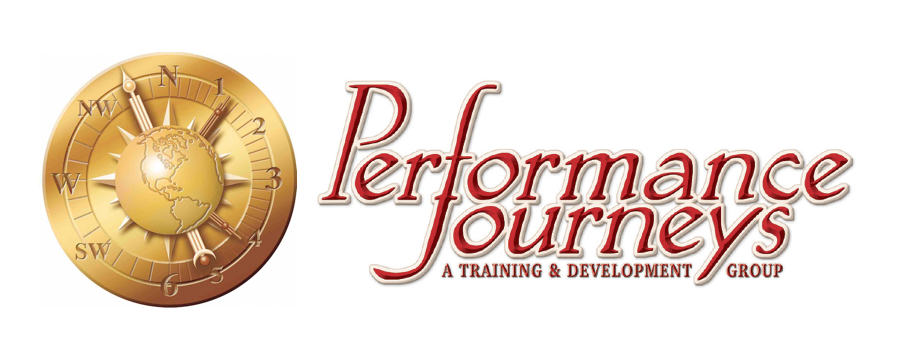Gallup has noted that 90% of leaders think an engagement strategy can have an impact on business success, but barely 25% of them actually have such a strategy. Part of the reason is that they don’t know how to do so. This blog offers ideas about how to do that by establishing and focusing on 1-2 Important but Non-Urgent Employee Engagement Goals By doing the following:
- Host an Action Planning Session. Here you identify important, though non-urgent, opportunities for better engaging and supporting each other. We’ll cover this in detail here in Part 1.
- Host Stand Up Meetings. Here you meet daily even for just five minutes to talk about your progress in engaging each other. We’ll cover this in more detail in Part II.
How to Hold an Action Planning Session
An effective tool for identifying and setting goals is through an action planning session. During this session, you want to walk away with actions you’re going to take to improve your organization—in this case, as it relates to better engaging each other. Here are some key steps for doing so:
Set a Time & Place. Identify a time everyone can meet together. You don’t need this meeting to be more than an hour in length. Identify a space in which to meet—someplace where people won’t be distracted by incoming phone calls and e-mails. It’s ideal if you have the ability to capture notes on a dry-erase board, a flip chart, or some way electronically that everyone can see what is being discussed.
Borrow a Facilitator. Everyone needs an equal voice in improving the organization. A manager needs to be part of that discussion. If he or she is facilitating the meeting, then it’s difficult for them to add their input without biasing the results of the meeting in their favor. It would be much better if the manager can find another supervisor and invite him or her to facilitate the meeting. Then that manager can facilitate the other team’s action planning session.
Prepare an Agenda It doesn’t take a lot of time to prepare an agenda, but it does much to help make what happens during the meeting occur effectively within the time allotted. Your agenda might look like this:
- Welcome everyone
- Identify objective—Set 1-2 goals around employee engagement
- Identify any previous efforts/results
- Brainstorm possibilities
- Prioritize those opportunities
- Identify next steps
Relative to identifying previous efforts/results, you may want to refer to either any efforts you made in the past to improve employee engagement as a team, or you may want to look at the results from previous workforce employee engagement surveys to see if there are any areas of opportunity identified there.
In brainstorming possibilities as a team, you may come up with a list that includes items like the following:
- Participate together during diversity week month after next
- Identify someone’s contribution each day
- Upgrade software to make current work easier
- Provide training in upgraded software.
- Breakfast building/relationship opportunity with Team X
- Meeting with a key customer to see how our work links to their needs
It’s important that while brainstorming, no idea should be negated or critiqued. Just get all the ideas up there. Then from this list, you may want to re-sort it in terms of priorities. Perhaps you might sort it out by importance. Or, you may want to sort it by low-hanging opportunities. In other words, what quick wins can you achieve quickly as a team?
Hold the Event. Remember that while someone else will facilitate the event, make sure that everyone attending has a chance to feel heard and understood. Make sure that by the end of the meeting everyone understands what needs to happen next. Especially make sure that you’ve identified a time and place for daily stand up meetings. You may even want to designate someone on the team toward being the host facilitator of that stand up meeting.
Of course, excellence doesn’t come from simply holding an action planning session. What’s required next is getting the team to think and act on those goals each and every day. Creating an employee engagement strategy is critical.

